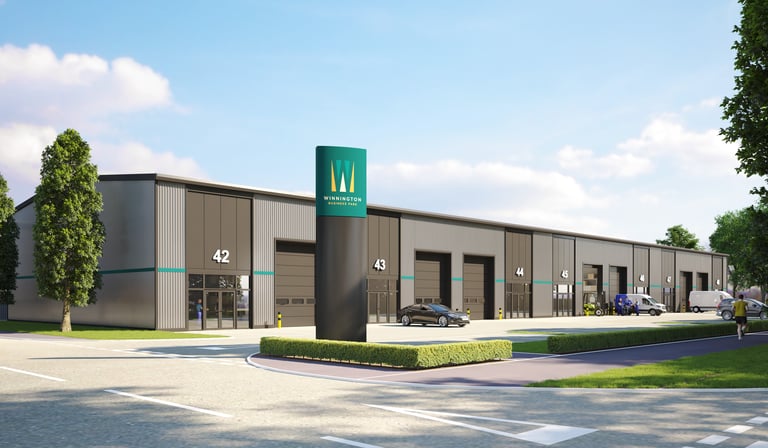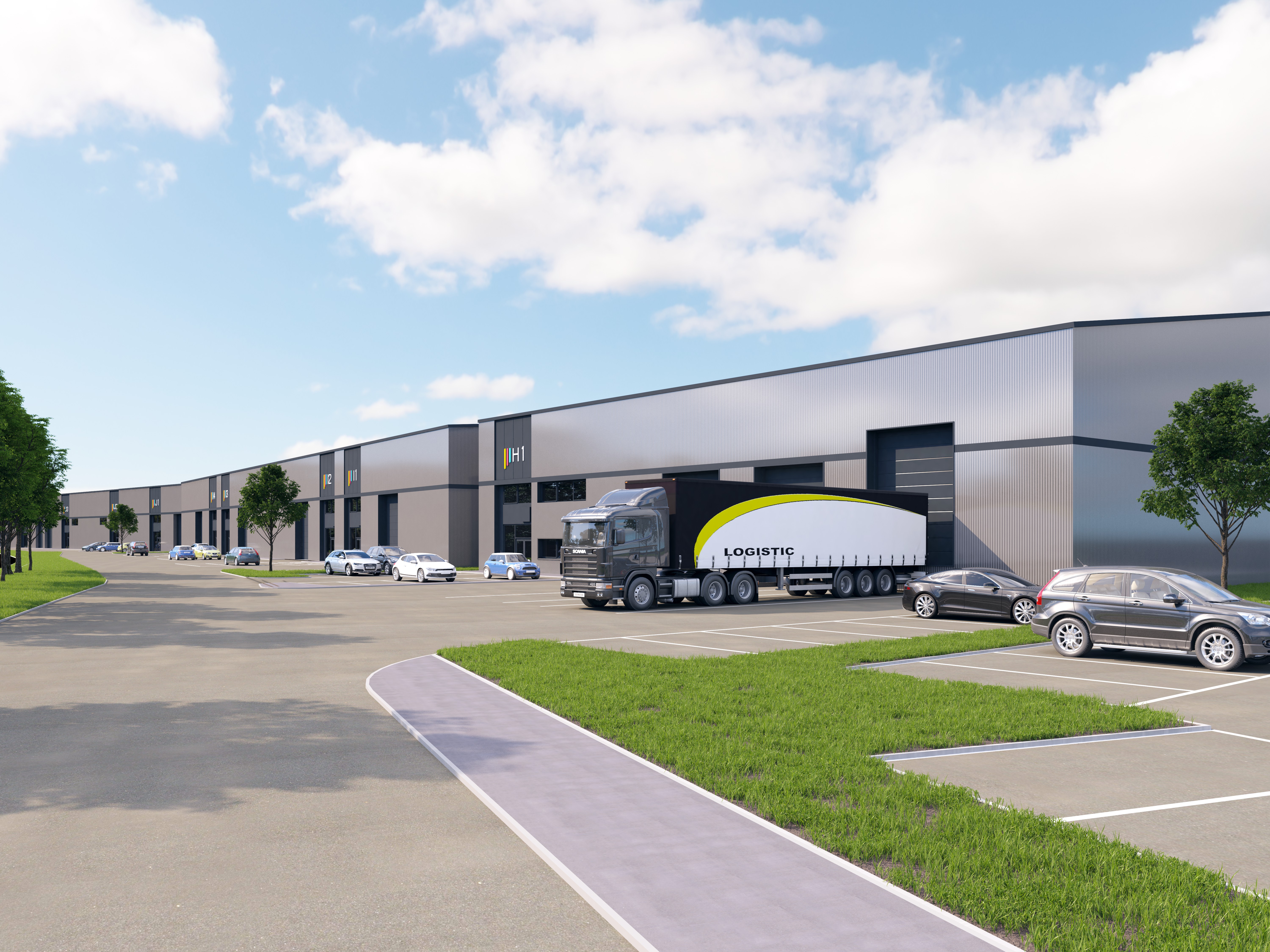Business parks are evolving. The recognised singular industrial complex is transforming into a multi-functional space for businesses of all varieties. Driven by modern day business demands, mixed-use development models combine office, retail, leisure and industrial spaces into one area.
Since the mid twentieth century, business parks have been a key component of the economic landscape. In many ways, business parks still operate the same way as they were naturally designed. Today, external influences have gripped the commercial real estate sector to re-evaluate their business park systems. Driven by the redefinition of their business models, companies are looking for adaptable spaces and sites to better place their businesses in an environment suited to modern demands.
A brief history
A number of factors in the 1960s through to the 1980’s, such as the closure of railways, led to an increased availability of sites suitable for the development of business parks. By 1987, the creation of the B1 use class allowed for transition between office, light industrial and research and development without planning permission. Due to the ease of adapting to these new market trends, additional development was encouraged.
With the rise of technology advancements in the 1990’s, the need for face-to-face contact reduced which enabled a wider range of businesses to be able to base themselves from remote locations. As more business chose to relocate to these business parks, the office sector also saw a significant increase in demand for space. Business parks began to compete for occupants by offering attractive staff amenities, better public transport links and landscaped surroundings, which saw those single-use environments which could not adapt suffered occupant losses.
The ability to accommodate the industrial, office and warehousing sectors, spurred the significant expansion of mixed-use business parks which have increased in popularity up to this day.

Winnington Business Park, Northwich
Modern transformation
Although the concept of multi-use business parks has long been established, new visions have taken shape which combine office, industrial, retail and leisure to better suit the demands of the modern market. With changing demographics, working practices and staff preferences, business parks are under more pressures to meet these demands. An increased understanding of how beneficial office environments are for business in regard to collision and collaboration has prompted the shift in workplaces. For example, a multi-let office building can be a productive place to network and interact with other industries and business which can lead to valuable knowledge exchange and connections. This theory can be applied to multi-use business parks where various industries have the potential to expand their network in a diverse, professional environment.
More real estate developers are seizing the opportunity to create developments which cater for all businesses and industries. The same can be said for FI Real Estate Management with their upcoming multi-use development, Winnington Business Park based in Northwich. The business park integrates industrial, trade, retail and leisure space within one development, matching ease with convenience for businesses to network, grow and succeed within a multi-functional environment.
A place for growth
The single-use business park was often found in a remote location within rural outskirts. They are usually heavily reliant on road connections to provide ease of access and simple commuting patterns. Today, businesses require more than just an easy commute to function successfully. Further to this, modern business parks are actively seeking to support development of companies, start-up businesses and SME’s through offering space and bespoke packages to suit the entrepreneurial network. Through offerings directed solely to the small business sector as well as flexible lease options and other programmes, multi-use business parks serve as a business community which attracts and retains occupiers as a ‘fit for the future’ business base. This is a key opportunity business parks to differentiate themselves from the traditional single-use parks we’re used to. The redevelopment of FI Real Estate Management’s historical Botany Bay site is a prime example of this. The state-of-the-art business hub will offer a collaborative environment through the merging of trade units, warehousing, start-up units and retail and leisure space. A multitude of modern and spacious units will be available to fulfil a variety of different functions and purposes, alongside unparalleled connectivity.
The multi-use model proves itself as a more inclusive solution to bring together businesses of all shapes and sizes from all industry sectors. Today, rather than focusing on any one industry or sector, a forward-thinking approach of providing a mixed use of industrial, office, leisure and retail supports the recruitment of a more diverse portfolio of businesses, creating a more resilient, future-proof development.
For further information on FIREM developments, click here.

